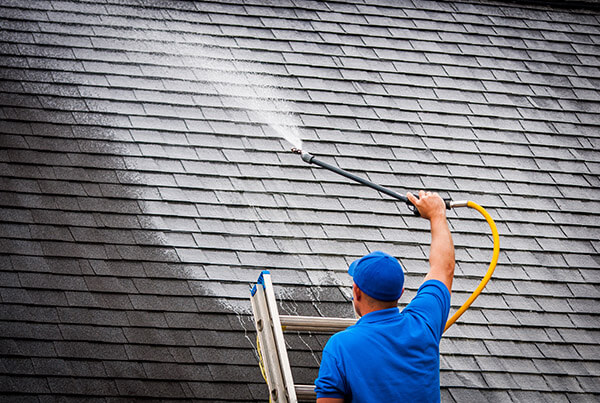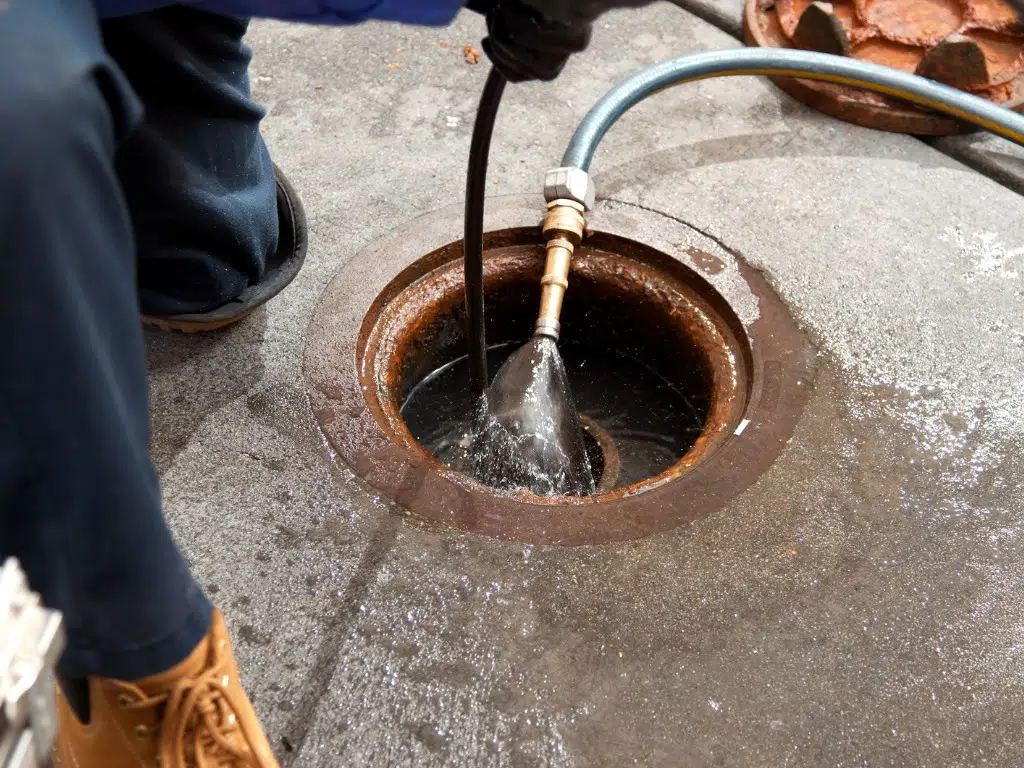In many American homes, driveways are more than just a place to park your car—they’re a crucial part of your property’s drainage system. When heavy rain falls, water naturally follows the path of least resistance, and without proper management, it can pool on driveways, flood garages, and damage foundations. That’s where a driveway trench drain comes in.
A driveway trench drain, also called a channel drain, is an effective way to redirect surface water and protect your home from costly water damage. Let’s explore how it works, why it’s so effective, and what homeowners should know before installation.
What Is a Driveway Trench Drain?
A driveway trench drain is a long, narrow channel installed across the driveway surface. It features a grated top that collects rainwater and runoff, channeling it through an underground pipe system that leads to a safe drainage outlet—like a storm sewer, dry well, or designated runoff area.
The system sits flush with the surface, allowing vehicles to drive over it safely. These drains are particularly beneficial for sloped driveways or areas where water naturally flows toward the home or garage.
Why Every Home Needs a Driveway Trench Drain
According to FEMA, over 13 million properties in the US face high flood risks. Even mild pooling on your driveway can eventually cause cracks, erosion, and structural damage. Installing a trench drain offers several key benefits:
1. Prevents Flooding and Pooling
Heavy rains and melting snow can quickly overwhelm driveways, especially in regions like the Midwest and Southeast. A trench drain captures surface runoff and diverts it before it reaches vulnerable areas like your garage or foundation.
2. Reduces Long-Term Repair Costs
Water is one of the most destructive forces for concrete and asphalt. Over time, constant exposure leads to cracks, shifting, and potholes. Installing a trench drain can save homeowners thousands in driveway repair and foundation maintenance.
3. Enhances Safety
Pooled water creates slippery conditions for vehicles and pedestrians. By keeping the surface dry, trench drains reduce the risk of slips, hydroplaning, and ice buildup in colder climates.
4. Boosts Property Value
Good drainage is a subtle but powerful selling point. Homes with well-managed water systems sell for up to 7% higher in flood-prone areas, according to the National Association of Realtors.
5. Eco-Friendly Stormwater Management
Modern trench drains can be designed to filter debris and prevent pollutants from entering public waterways, aligning with EPA stormwater management standards.
Driveway Trench Drain Cost Breakdown
Costs depend on your driveway size, material choice, and whether you opt for DIY or professional installation. On average, US homeowners spend between $400 and $2,400, or $30–$150 per linear foot, on trench drain installation.
| Component | Average Cost (US$) | Notes |
|---|---|---|
| Materials (per linear foot) | $10–$50 | Plastic/polymer: $10–$20; Steel/concrete: $30–$50 |
| Installation Labor (per linear foot) | $20–$100 | DIY kits are cheaper; pros handle concrete and grading |
| Total (20-ft Driveway) | $600–$3,000 | Includes excavation, piping, and grates |
| Add-Ons | $50–$200 | End caps, outlet pipes, or custom grates |
For full driveways (30–50 feet), budgets often range from $1,000 to $5,000, depending on complexity. If you already have a storm drain or downspout nearby, connecting to it can reduce overall costs.
Driveway Trench Drain Installation Process: What to Expect
Installing a trench drain requires precise slope calculation and expert handling, especially for concrete or asphalt driveways. Here’s a simplified step-by-step overview:
- Assessment and Planning: A contractor will evaluate your driveway’s slope, identify runoff directions, and determine where to redirect the water.
- Excavation: The installer cuts a trench across the driveway, usually 4–8 inches wide and deep enough to fit the drain channel.
- Placement: The trench drain system is placed in the cutout, connected to underground piping, and set at a slight incline for optimal flow.
- Sealing and Covering: Once the drain is secure, the installer replaces surrounding concrete or asphalt for a clean, flush finish.
- Testing: Finally, the system is tested to ensure water flows freely without pooling.
For professional installations, permits may be required, particularly in flood-prone regions. Contractors ensure compliance with local and state water management codes, such as the International Residential Code (IRC) and EPA stormwater regulations.
Maintenance Tips for Longevity
A well-installed driveway trench drain can last 30–40 years with minimal maintenance. However, occasional care keeps it performing efficiently.
- Clean the Grate Regularly: Remove leaves, dirt, and debris after storms to prevent blockages.
- Flush the Channel Annually: Use a hose to wash away sediment buildup.
- Inspect for Damage: Look for cracks, rust, or displacement after winter or heavy use.
- Hire Annual Cleaning Services: For about $50–100 per visit, professionals can maintain your system to avoid costly clogs.
In regions with freeze-thaw cycles (like the Northeast or Midwest), clear ice from grates to prevent cracking or corrosion.
Driveway Trench Drain Materials
Choosing the right material is essential for durability and function. Here are the most common types:
- Plastic or Polymer Concrete: Lightweight, affordable, and ideal for residential driveways.
- Steel or Cast Iron: Heavy-duty and built to withstand high traffic—great for commercial or long-term use.
- Fiberglass or Stainless Steel: Corrosion-resistant and perfect for wet or coastal climates.
- Concrete: Extremely durable but more expensive and harder to install.
If you’re unsure which to choose, a professional can recommend the best option based on your soil type, climate, and expected load.
DIY vs. Professional Installation
DIY trench drain kits (like those from NDS or Vodaland) start at around $200 and can work for small driveways. However, incorrect slope or placement can cause water to pool instead of flow—defeating the purpose of the system.
For most homeowners, professional installation is worth the investment. Experts ensure proper grading, sealing, and compliance with local drainage codes. Plus, many offer warranties that DIY jobs don’t.
Why Choose Ware Landscaping for Your Driveway Drainage
At Ware Landscaping, we specialize in creating reliable, long-lasting water management systems that protect your home from flooding and erosion. Our team installs high-quality trench drain systems that meet all local codes and ensure optimal performance through every season.
We serve homeowners across Naperville and surrounding Illinois communities, helping them tackle drainage issues before they cause damage. From stormwater management to backyard grading, Ware Landscaping has the tools, experience, and dedication to keep your property safe and dry.
Final Thoughts
A driveway trench drain isn’t just a functional upgrade—it’s an investment in your home’s safety, longevity, and value. As extreme weather events become more common across the US, proper drainage is no longer optional; it’s essential.
Whether you’re dealing with frequent flooding, erosion, or just want a cleaner, safer driveway, installing a trench drain is one of the smartest steps you can take. And when you choose Ware Landscaping, you get a system designed for performance, precision, and peace of mind.
Ready to safeguard your driveway from flooding? Contact Ware Landscaping today for a free consultation and quote.








